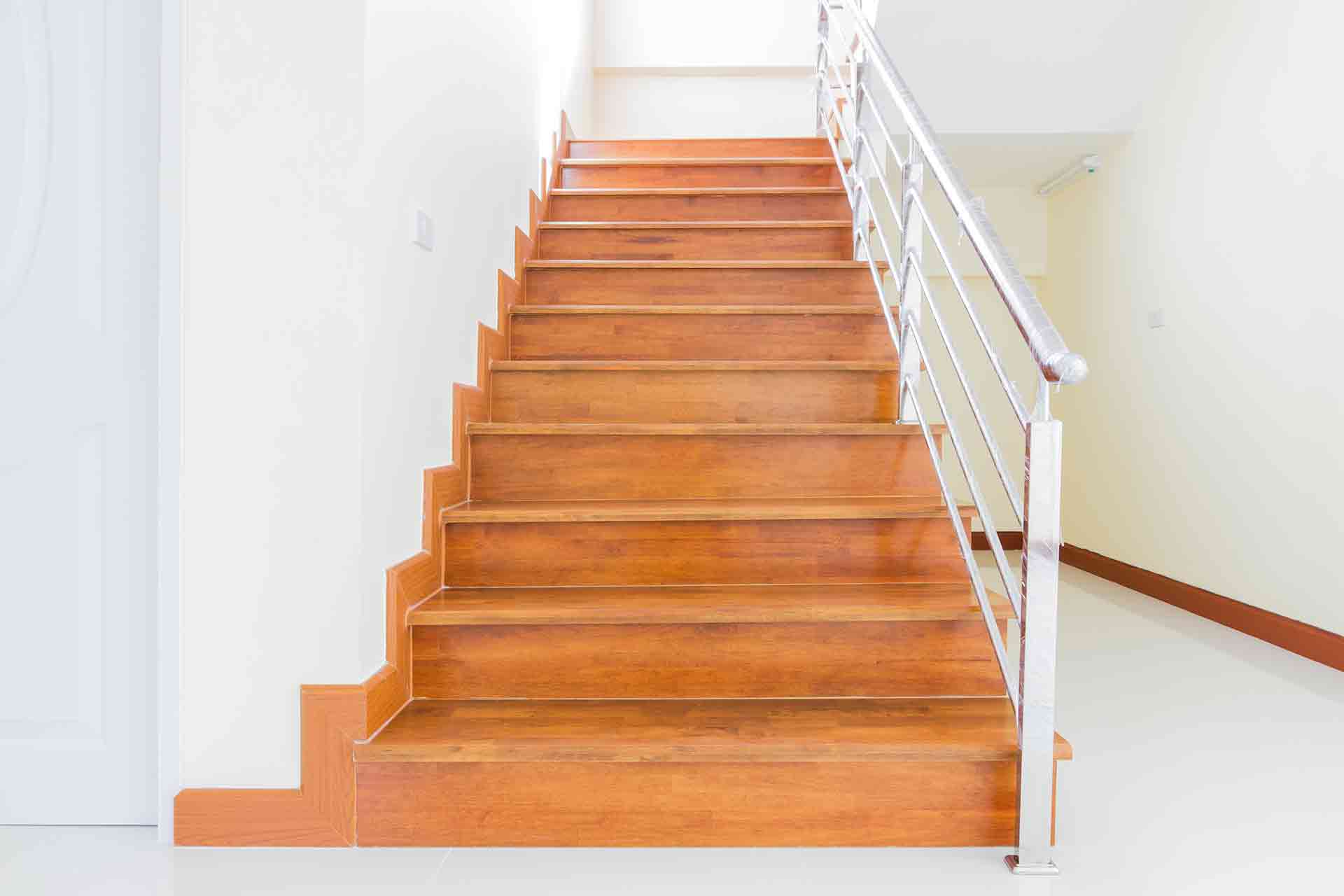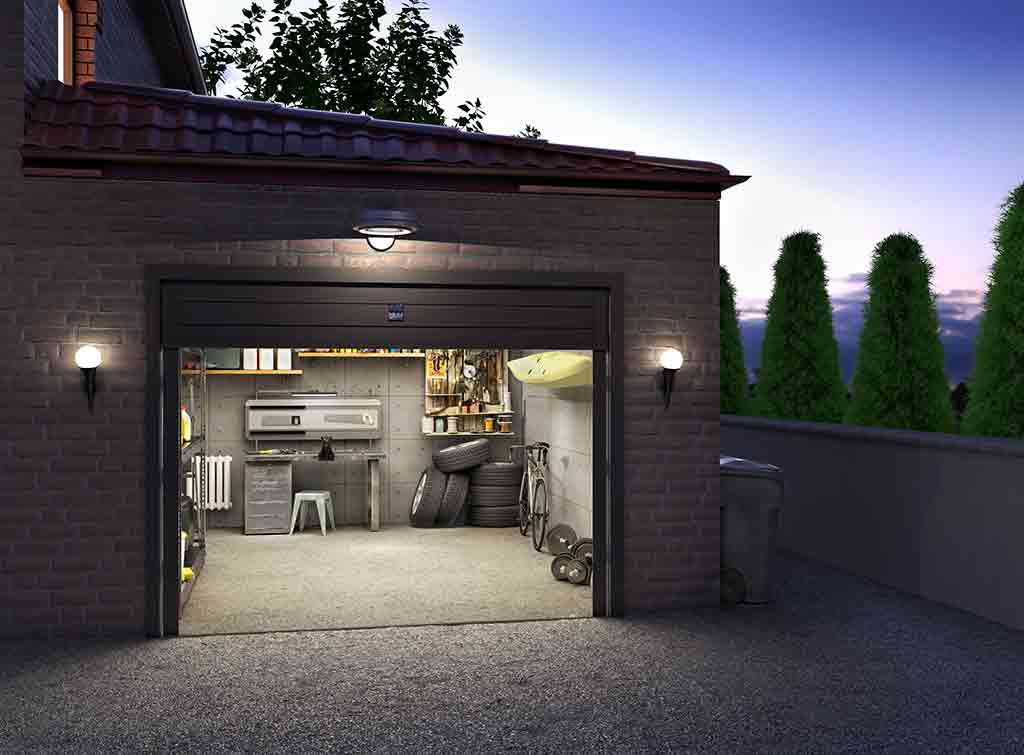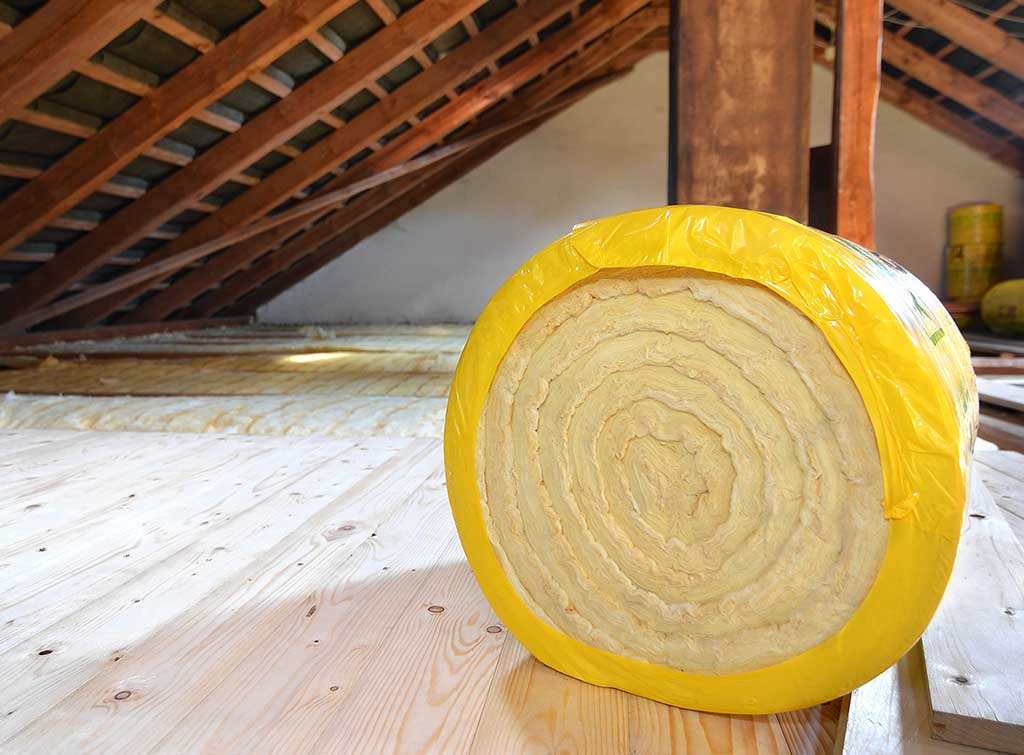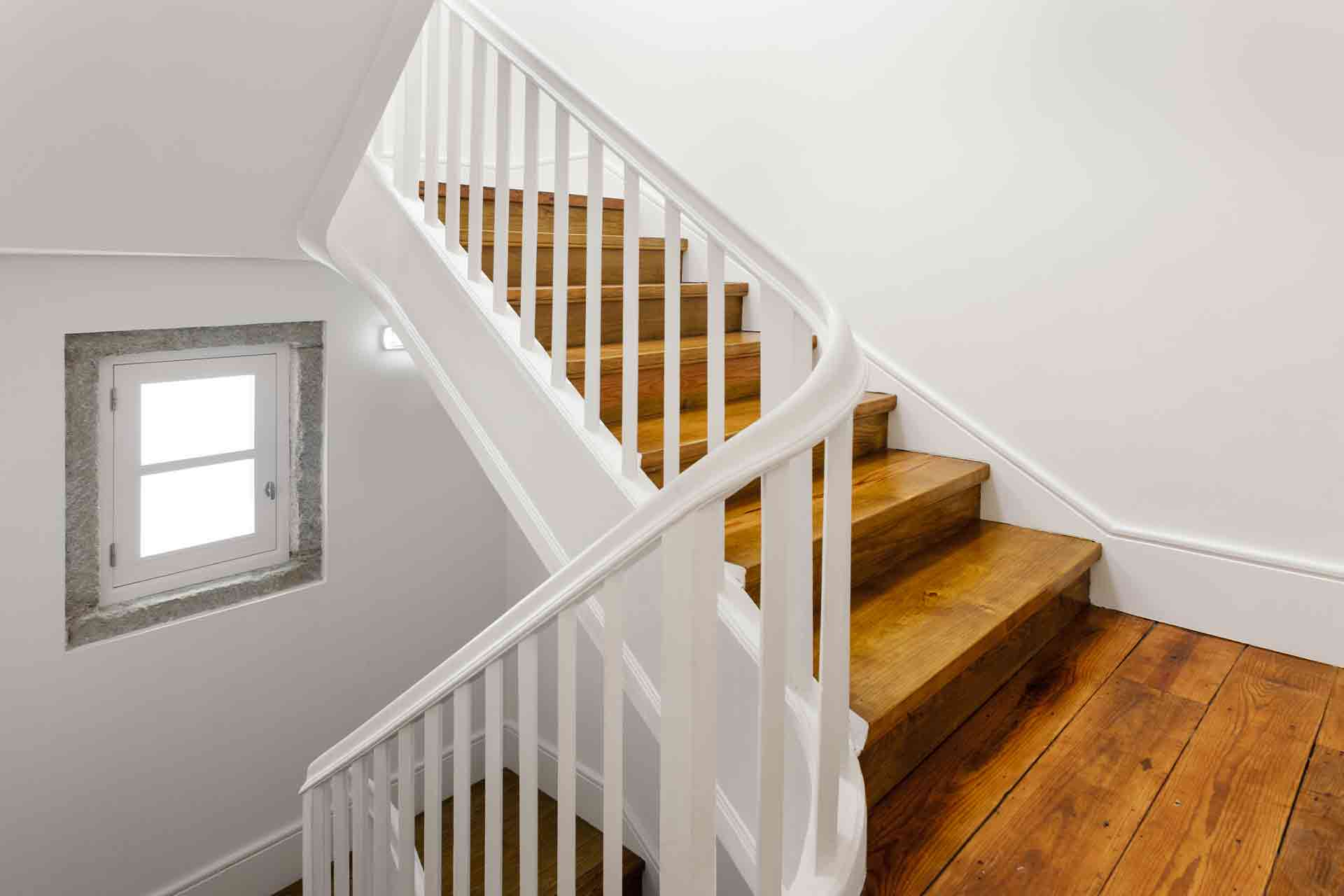Blog>Planning Guides>Planning for a new staircase: everything you need to know
Last updated: 26 July 2024
Planning for a new staircase: everything you need to know
Need a new staircase but don’t know where to start? We’re here to talk you through everything you need to know for planning your new staircase.
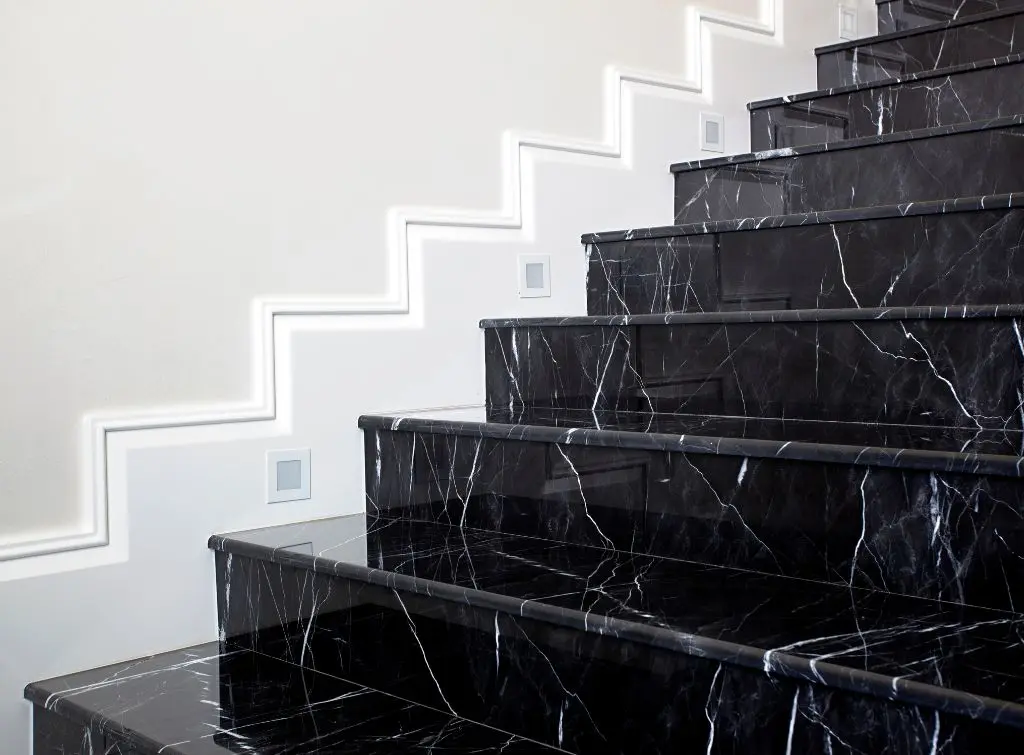
If you’re in a new home or upgrading your current one, we’ve put together our top tips for planning your new staircase.
Whether it’s for safety reasons, a practical update, or you want to create impact in your home, this guide is for you…
Step 1: Choose your staircase style
The first step in planning for your new staircase is to research the styles available and choose the one that best suits your home.
There’s a wide range of staircases available, so now’s the time to go wild with your research.
Search online, use Pinterest or search your socials to get ideas for the type of staircase you want in your home.
Common styles of stairs
The style of your new staircase will most likely be dictated by the layout of your home.
You may only have the space for a straight staircase. Or maybe you have room for more grand curved or quarter-turn stairs.
To help you with your research, below are some of the most common types of staircases that you’ll find in homes in the UK:
Straight staircase
Winder stairs
Spiral
L-shaped
Curved
Quarter-turn staircase
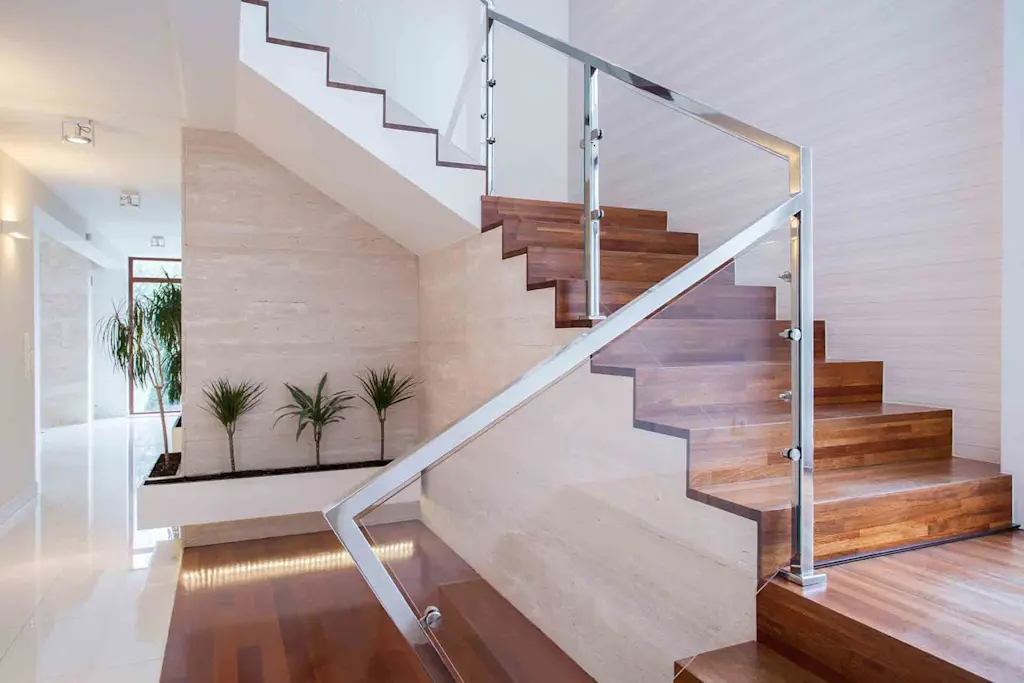
Material options
The material that your new staircase is made from is one of the biggest decisions to make.
Wood, metal, and glass tend to be the most common materials used for stairs and balustrades.
Other features
In addition to choosing the style and materials for your new staircase, it’s good to plan any additional features you might want.
You might choose to add a striking feature with a glass balustrade or open treads.
Or perhaps you want to maximise storage by utilising the space under your stairs with cupboards or drawers.
Need inspiration? Check out our guide to staircase ideas and trends.
Staircase ideas: Stunning railings, banisters and stairs
Elevate your dull staircase with our fantastic staircase ideas guide. With inspiration for banisters, railings and stair designs, what are you waiting for?
Step 2: Measure up
Once you know the style of staircase you want, it’s time to get measuring and planning the design.
Take accurate measurements of your existing staircase, if you're replacing it like-for-like. Otherwise, measure the new space you're working with.
You may need to call in the help of a professional staircase expert. Especially as staircases in the UK are subject to various Building Regulations…
Building Regulations for staircases
When planning a new staircase in the UK, you’ll need to comply with certain regulations to ensure the stairs are safe, accessible, and usable.
Here’s a brief overview of the regulations you’ll most likely need to pay attention to:
Individual stair treads must be at least 220mm deep
The stair rise can be a maximum of 220mm high
The staircase angle (otherwise known as the ‘pitch’) cannot exceed 42 degrees
Headroom must be a clear 2 metres above the pitch line of your staircase
Landings should be provided at the top and bottom of your staircase with a minimum length equal to the width of the staircase
Handrails should be on at least one side for stairs less than 1 metre wide (or both sides for wider stairs) and at a height of 900-1000mm above the pitch line
The openings of balustrades must be less than 100mm at any point
There isn’t an official minimum width of a staircase. However, it’s recommended that 860mm is the minimum width for comfortable use for the stairs.
To make sure your new staircase meets all the relevant regulations, speak to local staircase specialists in your area.

Step 3: Find a local staircase fitter
As with any home improvement project, don’t just hire the first staircase fitter you can find.
Installing a new staircase isn’t a job to cut corners on. You need the results to be safe and secure – and in line with current regulations.
With that in mind, take time to do your homework and research local staircase experts in your area.
Ideally, you want to hire a local staircase fitter with the right experience and skills for the job.
See the tradespeople we've checked and recommend for your job
How to find the best local staircase fitters near you
It pays to plan ahead, as the best staircase specialists will often be busy and get booked up.
The sooner you start looking, the more likely you are to be able to hire the best tradesperson for the job.
And, luckily for you, we’ve already put together our tips in our guide to finding staircase fitters near you.
Find staircase fitters near me
Whether you’re installing a brand new staircase in your home or renovating an old one, local staircase fitters can carry out the work for you. In this guide, we look at how you can go about finding the best staircase fitters near you and what questions to ask to help you decide on the right
Step 4: Plan your budget
Costs are important. So it’s useful to do your research to find out how much your new staircase will cost.
That way you can work out roughly how much you’re prepared to spend and gauge quotes you receive from local tradespeople.
To get you started, the average cost of a new staircase in the UK is around £2,750.
Below are the average costs for different types of staircases:
Straight staircase – £1,125
Glass staircase (straight) – £15,000
Half landing – £1,750
Double winding staircase – £3,500
Metal staircase – £6,000
Spiral staircase– £7,500 (wood) or £10,000 (metal)
Floating staircase – £27,500
Staircase renovation costs
If the main structure of your existing staircase is in decent condition, you might want to refurbish it instead of replacing it.
You’ll typically be looking at paying a carpenter around £200 per day.
Learn more about prices in our guide to staircase renovation costs.
Moving a staircase
Your existing staircase may not fit with your plans for your home’s layout. In which case, you’ll need to move it.
The cost of moving a staircase is in the region of £3,050.
You can find out more in our guide to the costs of moving a staircase.
Step 5: Decide on your finishing touches
Once your staircase is in, you may well need to organise the final details, such as carpet, a stair runner, or painting and decorating.
If that’s the case, you’ll find these guides very handy:
Checklist for planning your new staircase
Decide on the style of staircase you want in your home
Research materials and features for your stairs
Take time to find the right local staircase fitter for the job
Understand the costs involved and plan your budget accordingly
The sooner you start planning the better!
See the tradespeople we've checked and recommend for your job
More Planning Guides
See the tradespeople we've checked and recommend for your job
